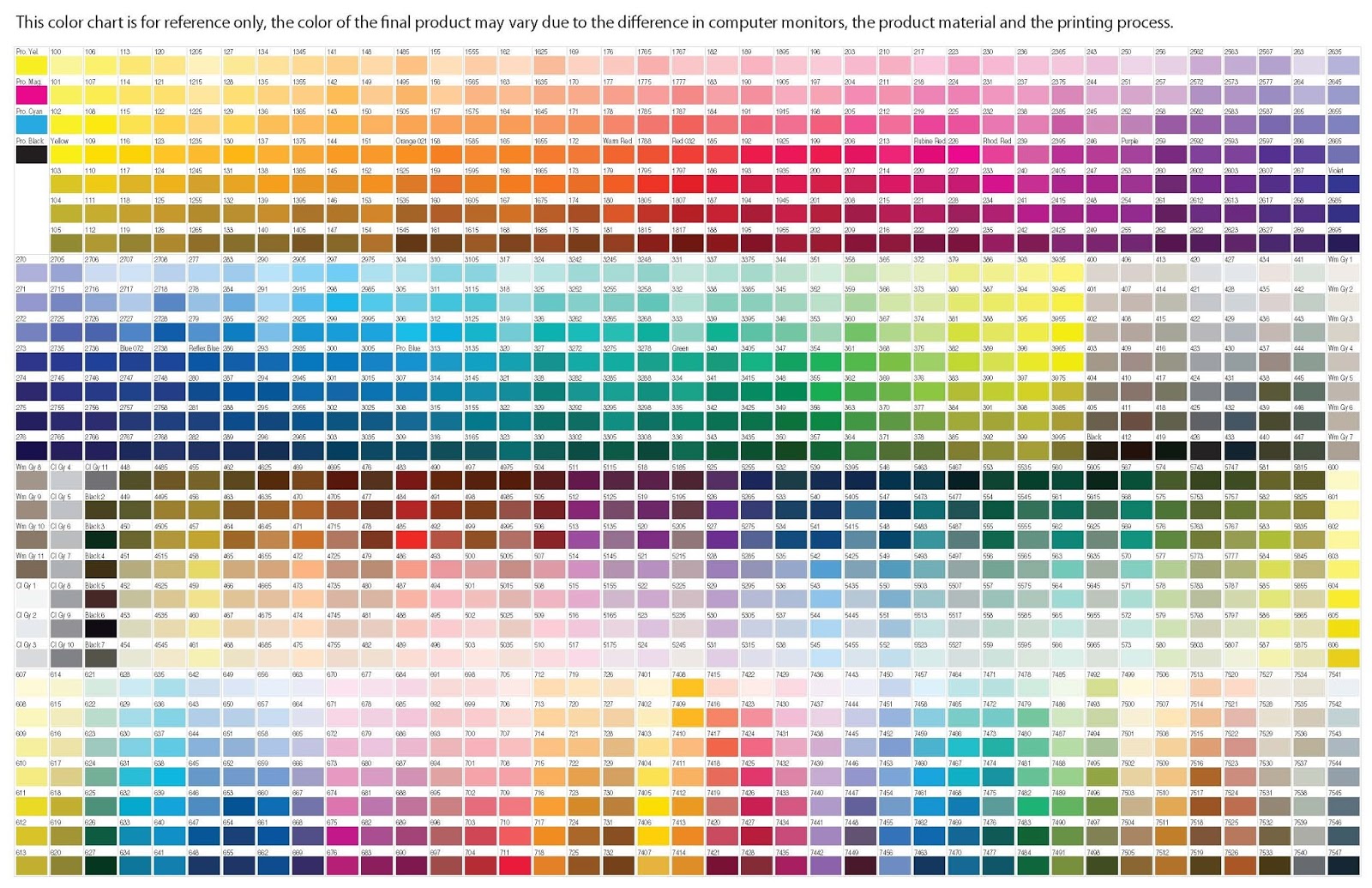Pantone Color: The Art And Science Of Color Matching
Pantone colors are more than just a palette; they are a universal language of color that transcends industries and cultures. From fashion to graphic design, Pantone colors provide a standardized reference that ensures consistency across various materials and applications. The Pantone Matching System (PMS) was developed in the 1960s, and since then, it has become the go-to source for designers and manufacturers worldwide. Understanding Pantone colors can elevate your design projects and help you communicate your brand identity effectively.
Colors have psychological effects, influencing moods and perceptions. Pantone colors allow designers to choose hues that resonate with their target audience, evoke emotions, and create memorable experiences. Every year, Pantone announces a "Color of the Year," setting trends in various industries and inspiring creative minds to explore new possibilities. In this article, we will delve into the fascinating world of Pantone colors, exploring their significance, application, and the impact they have on our lives.
Whether you are a designer looking to refine your color choices or a curious individual interested in the science of color, this guide will provide valuable insights into the world of Pantone colors. Let’s embark on this colorful journey and discover how these shades can transform your creative endeavors!
What is the Pantone Color Matching System?
The Pantone Color Matching System (PMS) is a standardized color reproduction system that allows designers to communicate color choices with precision. By using a unique numbering system, PMS helps ensure that colors remain consistent across different materials and manufacturing processes. This system is widely used in various industries, including fashion, graphic design, and interior design, making it an essential tool for anyone working with color.
How Does Pantone Choose the Color of the Year?
Each year, Pantone carefully selects a "Color of the Year" based on extensive research and analysis of global trends. The chosen color reflects the current cultural climate, societal influences, and even the collective mood of people around the world. Through a combination of trend forecasting and color psychology, Pantone aims to inspire creativity and innovation across multiple industries.
What Are Some Popular Pantone Colors?
- Pantone 186 C: A bold red often associated with passion and excitement.
- Pantone 286 C: A vibrant blue that represents strength and confidence.
- Pantone 375 C: A fresh, lively green that conveys energy and renewal.
- Pantone 14-4811: A soft peach that evokes warmth and comfort.
Why Are Pantone Colors Important in Design?
Pantone colors play a crucial role in design, allowing for effective communication between designers, clients, and manufacturers. Consistency in color is vital for brand identity, as it helps consumers recognize and connect with brands. When brands use Pantone colors, they ensure that their visual identity is preserved across all platforms, from print materials to digital media.
Can Pantone Colors Influence Consumer Behavior?
Yes, Pantone colors can significantly influence consumer behavior. Different colors evoke different emotions and associations, which can directly impact purchasing decisions. For example, warm colors like red and orange can create a sense of urgency, while cool colors like blue and green tend to promote calmness and trust. By carefully selecting Pantone colors that align with their brand values, companies can attract and engage their target audience effectively.
How Can You Use Pantone Colors in Your Projects?
Incorporating Pantone colors into your design projects is simple. Here are some tips to get you started:
- Choose the Right Palette: Select a color palette that resonates with your brand message and target audience.
- Utilize Pantone Guides: Invest in Pantone color guides to ensure accurate color matching.
- Consider Color Psychology: Be mindful of the emotions associated with different colors when making your selections.
- Stay Current: Keep an eye on Pantone's Color of the Year announcements to stay on-trend.
What is the Future of Pantone Colors?
The future of Pantone colors looks bright as technology continues to evolve. Advancements in digital design and printing will further enhance the accuracy and accessibility of Pantone colors. Additionally, as sustainability becomes a priority in design, Pantone is likely to adapt its offerings to include eco-friendly options, ensuring that designers can create beautiful, impactful work while being mindful of the environment.
Conclusion: Embracing the Power of Pantone Colors
Pantone colors are an essential part of the design landscape, offering a reliable and standardized way to communicate color choices. Whether you are a designer, a brand manager, or simply someone who appreciates the beauty of color, understanding Pantone colors can enhance your creative projects and help you connect with your audience on a deeper level. As we move forward, let’s embrace the power of Pantone colors and discover the endless possibilities they offer!
In summary, Pantone colors are not just a tool for designers but also a means of expressing emotions, creating brand identities, and influencing consumer behavior. By understanding and utilizing Pantone colors effectively, you can elevate your designs and make a lasting impact.
The Ultimate Guide To The Best Makeup Products: Unlock Your Beauty Potential
Fall Out Boy: We Didn’t Start The Fire – A Modern Anthem Of Resilience
A Harmonious Legacy: The Connection Between Alice Walker And Tracy Chapman


